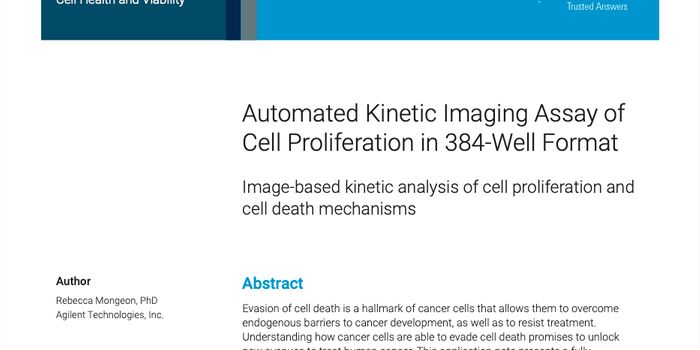Racial Underrepresentation in the National Cancer Database
A recent study published in JAMA Network Open has concluded significant racial disparities exist within the National Cancer Database (NCDB).
The NCDB represents a decades-long campaign of the American College of Surgeons (ACS) in collaboration with the American Cancer Society (ACS), a medical organization with a Mission Statement describing its dedication “to improving the care of the surgical patient and to safeguarding standards of care in an optimal and ethical practice environment.” Since 1989, the NCDB has collected clinical oncology data from the United States and Puerto Rico. The database focuses on obtaining information that researchers can use to study patients with cancer, including understanding how cancer treatments work and the outcomes associated with specific therapeutic regimens.
Researchers across the country access the NCDB to support oncology studies, and its use has expanded significantly throughout its lifetime. In 1994, 1,227 hospitals collected data for the NCDB, representing an estimated 54% of cancer cases. Currently, over 1,500 hospitals participate, covering about 72% of cancer cases diagnosed in the United States.
The authors of the current study argue that the widespread use of the NCDB, including for studies used for clinical trial development, presents a necessity to ensure that different racial and ethnic groups are represented. Geographic and socioeconomic factors dictate disparities in the racial and ethnic groups that typically receive care from the facilities participating in the NCDB. Thus, some racial groups remain underrepresented in the NCDB.
The researchers evaluated how well the NCDB represented Hispanic and American Indian or Alaska Native individuals. Specifically, the study focused on four particular malignancies: breast, colorectal, lung, and prostate cancer. The analysis included patients diagnosed during two distinct timeframes, between 2004 and 2006 and 2017 and 2019. The study used the United States Cancer Statistics (USCS) database for comparison.
The study included 5,175,007 individuals diagnosed with one of the four cancers under investigation. The cohort contained the highest percentage of White individuals (77.81%). Black individuals made up an additional 12.01% of the cohort. Additionally, the cohort was 6.58% Hispanic, 3.10% Asian or Pacific Islander, and 0.50% American Indian or Alaska Native.
Analysis of capture rates showed American Indian or Alaska Native individuals to have the lowest representation, ranging from 20.72% in 2004 to 2006 and 41.41% from 2017 to 2019. Similarly, the study found poor representation of Hispanic individuals (40.83% from 2004 to 2006 and 54.75% from 2017 to 2019).
The researchers observed that for both racial categories, representation increased across the four cancers under investigation. However, compared to increases observed in the subset of White patients, the representation of Hispanics increased less (22.23% versus 13.92%). Representation rates compared between the White and American Indian or Alaska Native subsets differed by cancer type. Specifically, more significant increases were observed in American Indian or Alaska Native individuals with prostate (3.11%) and breast cancers (3.71%). Conversely, representation in the White subset increased about 8% more than in American Indian or Alaska Native individuals with lung cancer.
While representation of Hispanic and American Indian or Alaska Native individuals in the NCDB has increased steadily over time, these racial and ethnic groups remain underrepresented. The authors suggest that expanding access to care for individuals from underrepresented racial and ethnic groups could lead to improved outcomes for these subsets of patients.
Sources: JAMA Network Open, Ann Surg Oncol, CA, JAMA Oncol, Ann Surg Oncol









